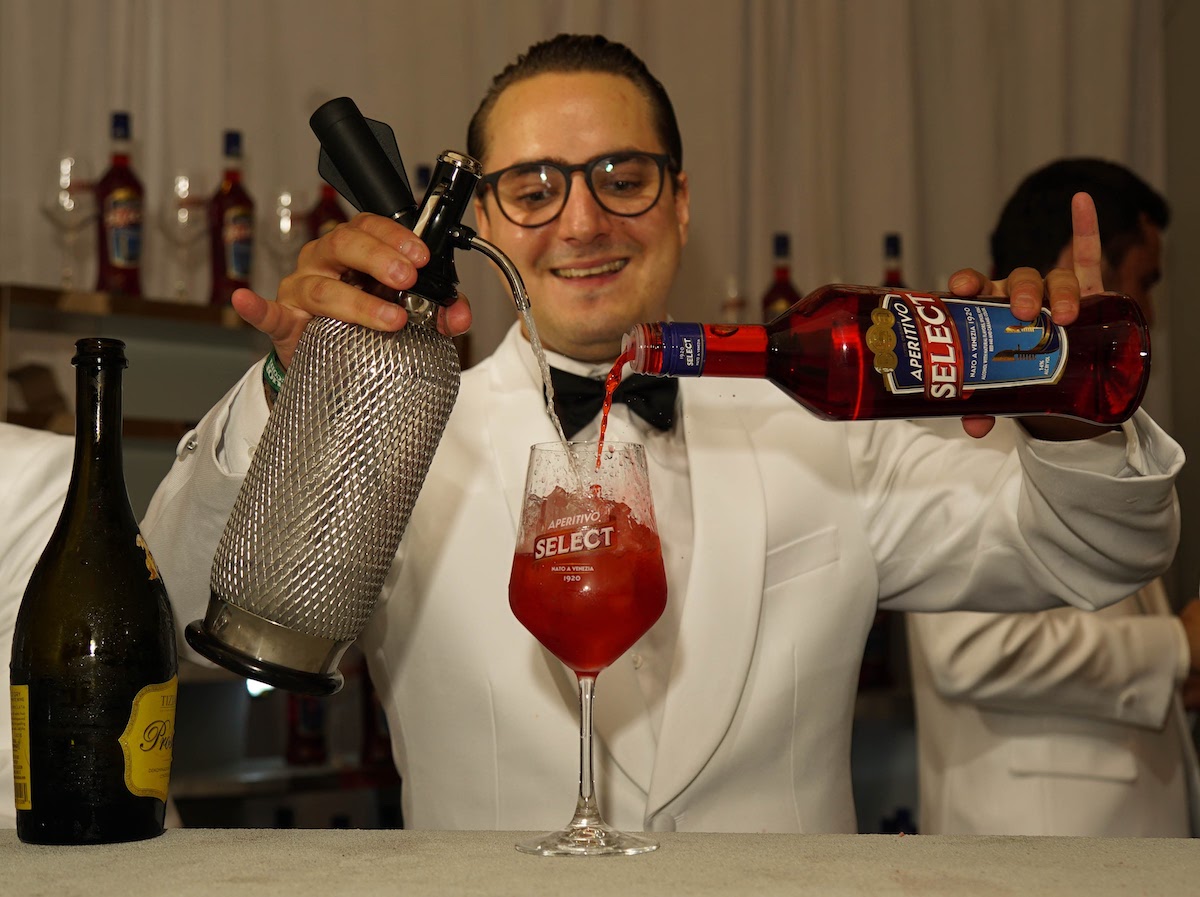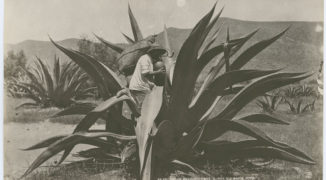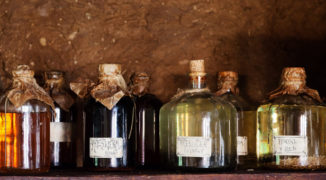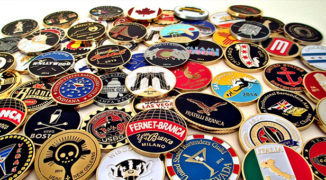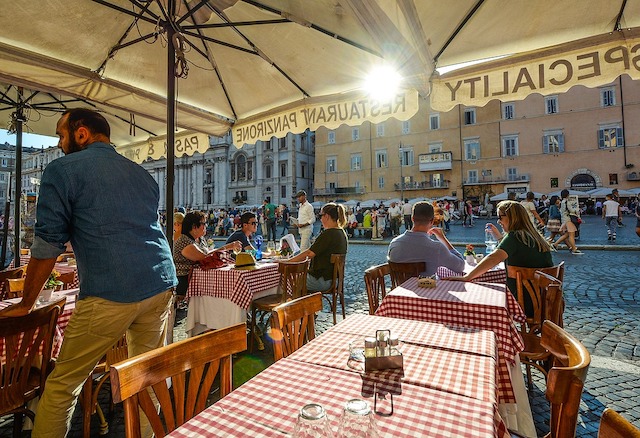
We’re all familiar with the window of time that occurs right after the workday and just before supper. In the U.S., we refer to it simply as “happy hour” or perhaps a “social hour” for the more upscale venues. This one-to-three hour period entails meeting up with friends over a cocktail or two, perhaps some discounted nibbles, and a picturesque window seat or patio if you’re lucky.
But this convivial tradition didn’t begin in the States, despite its near-ubiquitous appearance at both craft cocktail bars and strip-mall restaurants around the country. Rudi Carraro, the UK Brand Ambassador for Montenegro, says its roots can be traced to Europe, specifically in Italy: “The Italian word aperitivo comes from the Latin word ‘aperire’ which means ‘to open.’” Later, the term aperitif would gain ground in France with the invention of vermouth in the mid-1700s.
In Italy, it morphed into a cultural tradition by the 19th century, known simply as aperitivo time and meant to provide a relaxing end to the workday and an “opening up” of one’s palate and mind for nighttime dining and entertainment. “Venice is famously known as an intellectual center and mother of the aperitivo culture,” says Marco Montefiori, the U.S. Market Manager for the Montenegro Group. “Among the many great minds to gather in Venice, Ernest Hemingway and Peggy Guggenheim were notorious for hanging out at the local bacari, particularly at the world-renowned Harry’s Bar. Venice was and still is a melting pot of intellectuals gathering at Venetian bars and frequently partaking in these social hours.”
So it should come as no surprise that well before the first chain restaurant’s 2-for-1 Appletini special was even a glimmer on the horizon, Italians were participating in the sophisticated ritual of a light drink before supper. Often, that low-ABV cocktail was a Spritz. During the reign of the Austrian Empire, Venice was occupied by the Hapsburg Empire soldiers, merchants, and diplomats. Though they quite enjoyed partaking in the Venetian wine, they found the alcohol content a bit higher than they were used to. Thus, they would ask the locals to lighten it up with a splash of fresh water into their red or white wine — that’s a spritzen, in German.
“Since the introduction of the Spritz in the early 1800s, the drink saw its next wave of popularity at the beginning the 1990s with the rise of ‘aperitivo hours’ in cities across Italy,” says Carraro. “Aperitivo hours brought together different generations and people would fill the piazzas until late in the evening. These occasions were characterized as moments where time did not exist and the emphasis was simply to enjoy the company of others.”
No doubt helping people to forget time existed was the Original Venetian Spritz, invented in the 1920s as a mix of prosecco, Aperitivo Select, and club soda, and garnished with an orange wedge and three olives. “The Original Venetian Spritz is a must-serve when Select is part of your back bar, but there are also a lot of emerging cocktails utilizing Aperitivo Select,” notes Salvatore Tafuri, the Brand Ambassador for the Montenegro Group..
Indeed, as the demand for low-alcohol cocktails grows, aperitifs have been having a resurgence that goes well beyond the happy hour. “The aperitif, with its low ABV, allows a person to unwind after a long day with just the right balance of alcohol,” adds Tafuri. Bartenders are now setting aside overproof spirits and barrel-aged bourbons for those who wish to imbibe something a little lighter, so it makes sense to look to European aperitifs for inspiration.
Montefiori agrees: “There is a noticeable shift in the current drinking scene where New World cultures are taking a cue from Old World traditions. More people are adopting the custom of enjoying an aperitif on their own time. Again, consumers are looking to drink less, drink better, and pair their drinks with good food.”
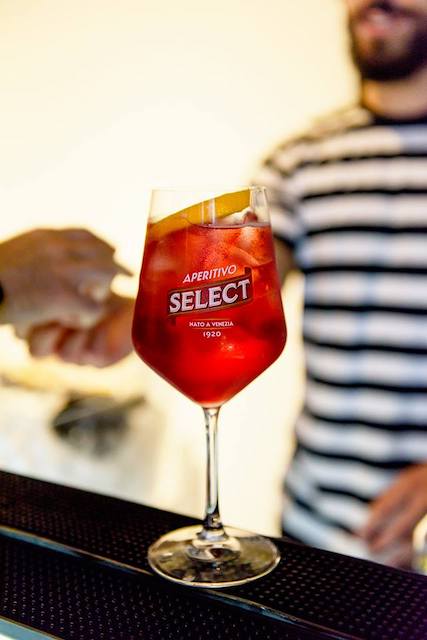 Luckily, you don’t need a passport to experience leisurely sipping an Original Venetian Spritz with an array of cicchetti (Italian for small snacks) spread before you. Across the ocean, the U.S. craft cocktail scene caught on to the pleasures of aperitifs a few years back. Notes Tafuri, “There is a great understanding and respect in the industry for the aperitif by bartenders in the U.S. Members of the trade have been using aperitifs in the traditional way and, more frequently, they are reinventing classic cocktails to fit the modern drinker’s palate.”
Luckily, you don’t need a passport to experience leisurely sipping an Original Venetian Spritz with an array of cicchetti (Italian for small snacks) spread before you. Across the ocean, the U.S. craft cocktail scene caught on to the pleasures of aperitifs a few years back. Notes Tafuri, “There is a great understanding and respect in the industry for the aperitif by bartenders in the U.S. Members of the trade have been using aperitifs in the traditional way and, more frequently, they are reinventing classic cocktails to fit the modern drinker’s palate.”
If you’d like to try Aperitivo Select in something other than the classic Spritz, Tafuri suggests, “Two of my favorite modern cocktails are the ‘When in Venice,’ made with elderflower and lemongrass and served at the Top of the Standard, and ‘Coffee Talk,’ created by Keith Larry at Employees Only — made with Aperitivo Select-infused coffee, gin, and sweet vermouth.”
So whether you’re in a Venetian piazza or your backyard patio in Peoria, Illinois, try adding a little Spritz to your next happy hour. “As it was in the old days, an aperitif is widely enjoyed to stimulate an appetite, open one’s palate, and undoubtedly put everyone in a better mood before dinner,” says Carraro. We’ll drink to that.


